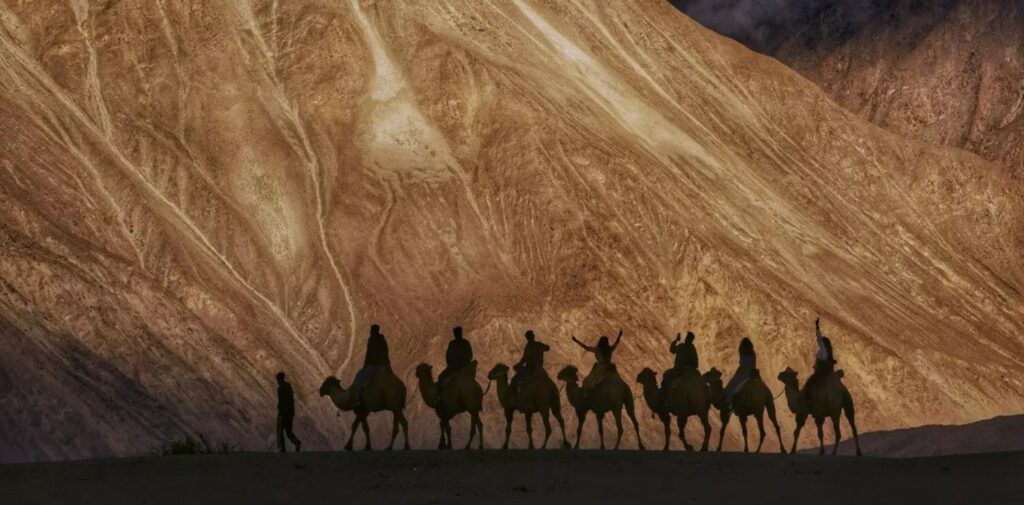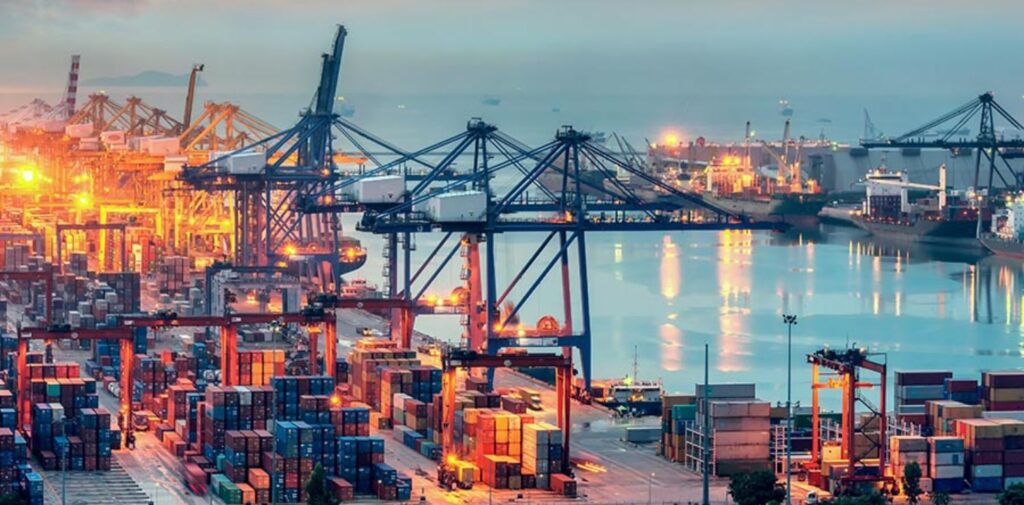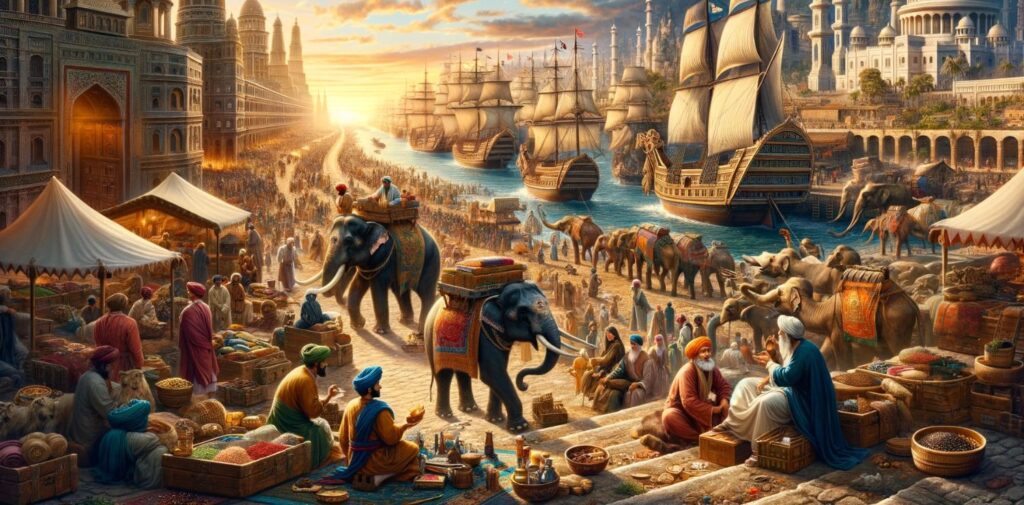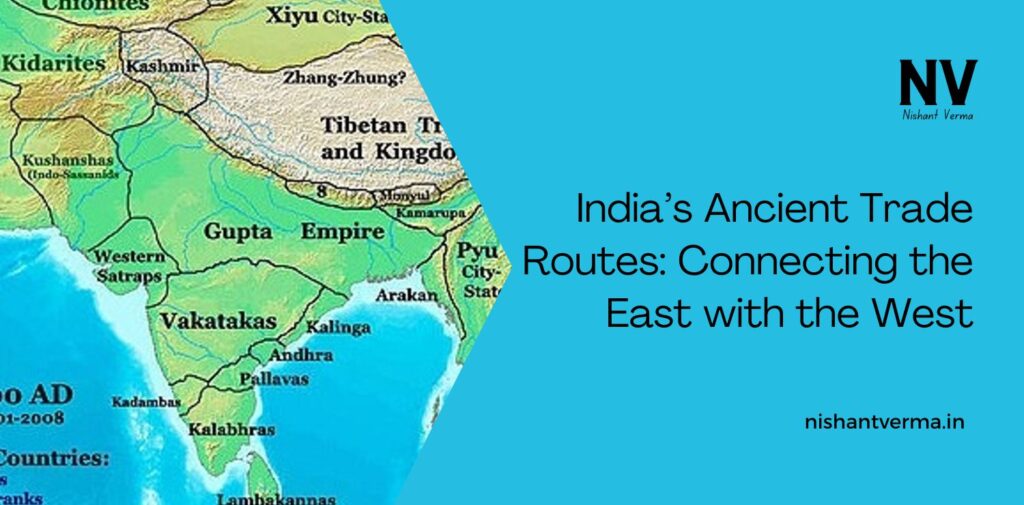India has always been a land of rich culture, history, and diversity. But beyond its history of kings, kingdoms, and battles, India has also been known for its ancient trade routes that connected the East with the West. These trade routes were very important, not only for India but for the entire world. They helped in the exchange of goods, ideas, cultures, and even religions. These ancient trade routes made India an important part of the world, long before modern ships, airplanes, or trains existed.
In this article, we will explore how India ancient trade routes worked, what goods were traded, and how these trade connections shaped India’s history.
The Importance of Trade in Ancient India
Trade has always been important for India’s economy and culture. India was rich in natural resources like spices, silk, cotton, diamonds, and precious metals, which were highly valued in other parts of the world. In ancient times, people needed a way to transport these goods to other lands. So, trade routes were established, allowing merchants to travel from India to far-off places, like China, Persia, Egypt, and even Rome.
These routes were like bridges that connected different countries and helped the exchange of not just goods, but ideas too. Through trade, India became known across the world for its wealth, culture, and advanced knowledge.

The Silk Road: Linking India to the World
One of the most famous ancient trade routes that connected India to the West was the Silk Road. The Silk Road was not just one road, but a network of land and sea routes that stretched from China to Europe and Africa, passing through India. The name “Silk Road” comes from the fact that silk, one of China’s famous products, was traded along these routes.
India played a key role in this route. Indian merchants traded goods like spices, cotton, and ivory. They also took with them ideas, religions, and even art to other parts of the world. The spread of Buddhism to places like Central Asia and China is a good example of how the Silk Road also helped in the exchange of religious ideas.
Through the Silk Road, India became a link between the East and the West. Goods from China and Central Asia would pass through India before heading west to places like Persia and Rome. Similarly, goods from the Mediterranean, like wine, olive oil, and glassware, would pass through India on their way to China.
Southern Sea Routes: Connecting India to Southeast Asia and Beyond
While the Silk Road connected India to the West, the southern sea routes connected India to the countries in Southeast Asia, the Arabian Peninsula, and even East Africa. These sea routes were used by Indian sailors and merchants who navigated across the Indian Ocean.
The southern coast of India, especially places like Kerala, Tamil Nadu, and Gujarat, became important centers for sea trade. Ships would sail from these ports to places like Sri Lanka, Malaya (Malaysia), and Indonesia. From there, they would continue to places like Africa and the Arabian Peninsula.
India’s spices like pepper, cardamom, and cloves were in great demand across these regions. The trade also included textiles, ivory, and precious stones. The people of these regions were so impressed by India’s goods that they started to adopt some aspects of Indian culture, including religion (especially Hinduism and Buddhism) and architecture.

The Role of Indian Ports in Trade
India had many important ports along its coasts, which helped make the sea routes successful. Some of the most famous ports included:
- Barygaza (modern-day Bharuch): Located in Gujarat, it was a major port for trade with the Mediterranean world.
- Arikamedu: Situated near Pondicherry in Tamil Nadu, it was an important port for trade with the Roman Empire.
- Tamralipti: Another important port in Bengal that connected to Southeast Asia.
These ports were not only centers for trade but also places where different cultures, religions, and ideas met and mingled. Indian merchants traded goods, but they also brought back new ideas from the places they visited.
The Spread of Culture Through Trade
While the exchange of goods was important, the trade routes also helped spread culture across the world. This is why we can see Indian influences in many places, even far from India. For example, Buddhism spread from India to China, Korea, and Japan through the Silk Road. Indian architecture and art can also be seen in many parts of Southeast Asia, such as in the temples of Cambodia and Thailand.
Trade was not just about things; it was also about sharing knowledge. Mathematics, astronomy, and medicine were some of the important fields where India contributed to the world through its trade with other cultures. Indian numerals, including the number zero, became the basis for the number system used around the world today.
The Decline of the Ancient Trade Routes
While the ancient trade routes flourished for many centuries, they eventually faced challenges. One of the main reasons was the rise of Islamic empires in the Middle East, which controlled many of the trade routes. The spread of Islam also meant that trade patterns changed, and new routes were developed. The Portuguese, Dutch, and British also began to control sea trade in the 15th and 16th centuries, which further changed the dynamics of the ancient trade networks.
The Mongol invasions in the 13th century also caused disruptions in the Silk Road. With the collapse of these old systems, the importance of India ancient trade routes slowly began to fade, but their legacy remains.

The Legacy of India Ancient Trade Routes
Even though the ancient trade routes are not as active today, their influence can still be seen in many aspects of our world. India’s culture, goods, and ideas have traveled far beyond its borders, leaving a lasting impact on countries across Asia, Africa, and Europe.
These trade routes helped create cultural exchanges that shaped the history of many regions. Indian merchants were some of the first to travel long distances across the seas, and they helped connect people and places that were once far apart. Through the exchange of goods and ideas, India helped make the world a smaller, more connected place.
Conclusion
India ancient trade routes were not just about trading goods; they were about connecting the East with the West, bringing people closer together, and sharing knowledge, culture, and religions. From the famous Silk Road to the southern sea routes, India was at the center of a network that linked countries and continents. The legacy of these trade routes shows us how trade can bring about more than just wealth—it can also bring people together, teach us new things, and help us understand the world better.
By studying these ancient routes, we can see how trade helped shape the world we live in today and how India, with its rich culture and resources, played a crucial role in connecting people from all over the world.



